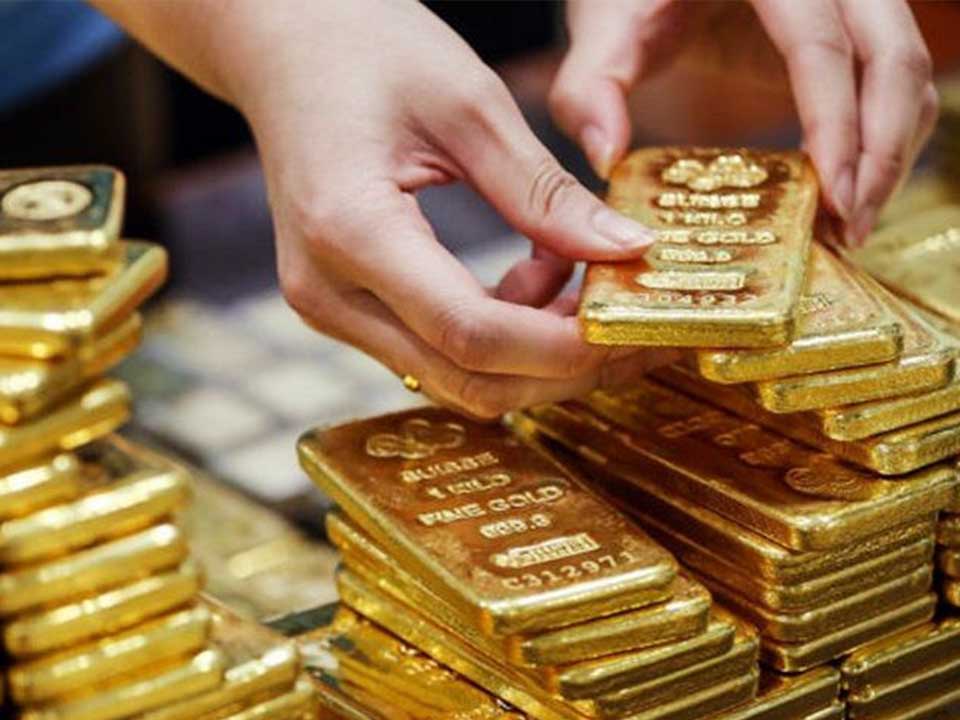
The Gold Traders Association has disclosed gold price, reaching a new historical high on April 3. The price of gold has surged past 40,000 baht per baht weight due to the weakening Thai baht and the continuous surge in global gold prices, driven by geopolitical tensions. The New York COMEX gold futures contract for June delivery increased by $24.70 to close at $2281.8 per ounce last night due to tense situations in the Middle East, which bolstered gold purchases as a safe-haven asset.
Additionally, recent events, such as the attack on an Iranian nuclear facility in Syria resulting in 7 casualties, have contributed to the demand for gold, along with central banks globally buying to diversify their foreign reserves. Meanwhile, private investors in China have turned to investing in gold as the real estate market remains weak.

The Kasikorn Research Center reported that the Thai baht is adjusting to around 36.60-36.62 baht per dollar in the morning of April 3 compared to previous day’s market closing of 36.64 baht per dollar. The Thai baht has been somewhat volatile but is showing signs of strengthening again following previous day’s depreciation. This movement is influenced by Asian currency trends and the surge in global gold prices. Meanwhile, the US dollar is weakening amid selling pressure to adjust market positions while awaiting updates on the US labor market indicators to be announced this week.
The estimated trading range for the Thai baht on April 3 is between 36.50-36.70 baht per dollar. Key factors to monitor include international capital flows, Asian currency trends, Eurozone inflation figures for March, statements from the US Federal Reserve officials, including private sector employment figures from ADP, PMI, and ISM indices for the services sector in March.








